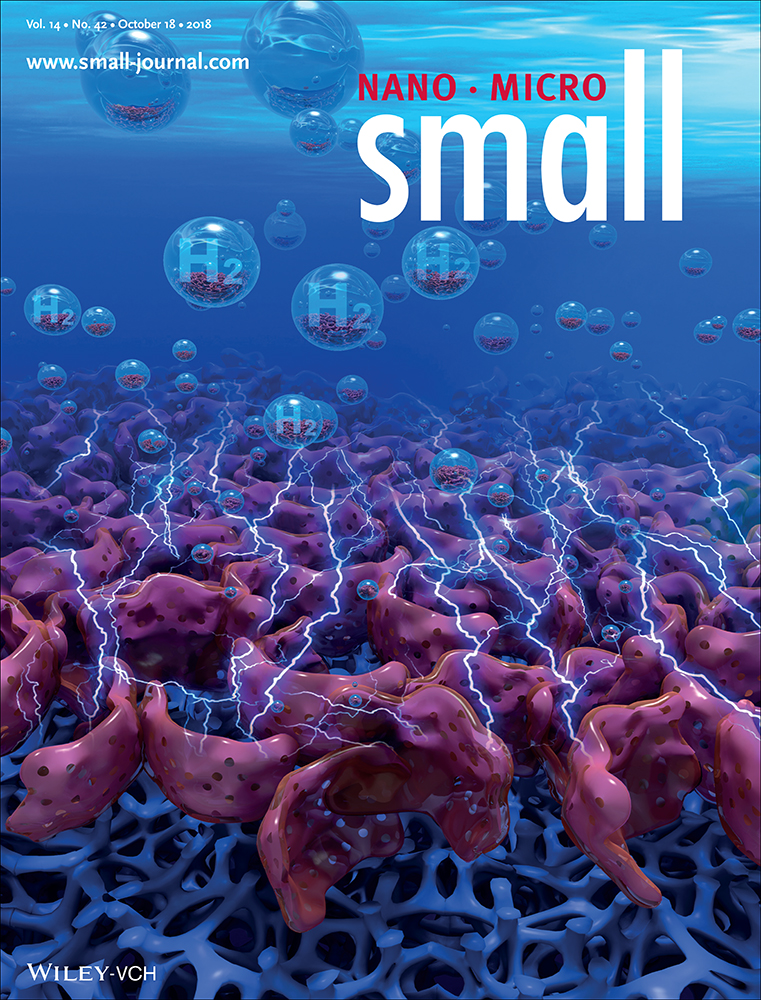Single-Molecule Co-Immunoprecipitation Reveals Functional Inheritance of EGFRs in Extracellular Vesicles
Abstract
Cancer cells actively release extracellular vesicles (EVs) as important carriers of cellular information to tumor microenvironments. Although the composition and quantity of the proteins contained in EVs are characterized, it remains unknown how these proteins in EVs are related to those in the original cells at the functional level. With epidermal growth factor receptor (EGFR) in lung adenocarcinoma cells as a model oncoprotein, it is studied how distinct types of EVs, microvesicles and exosomes, represent their original cells at the protein and protein–protein interaction (PPI) level. Using the recently developed single-molecule immunolabeling and co-immunoprecipitation schemes, the quantity and PPI strengths of EGFRs derived from EVs and the original lung adenocarcinoma cells are determined. It is found that the microvesicles exhibit higher correlations with the original cells than the exosomes in terms of the EGFR levels and their PPI patterns. In spite of these detailed differences between the microvesicles and exosomes, the EGFR PPI strengths measured for EVs generally show a tight correlation with those determined for the original cells. The results suggest that EGFRs contained in EVs closely reflect the cellular EGFR in terms of their downstream signaling capacity.
Conflict of Interest
The authors declare no conflict of interest.




